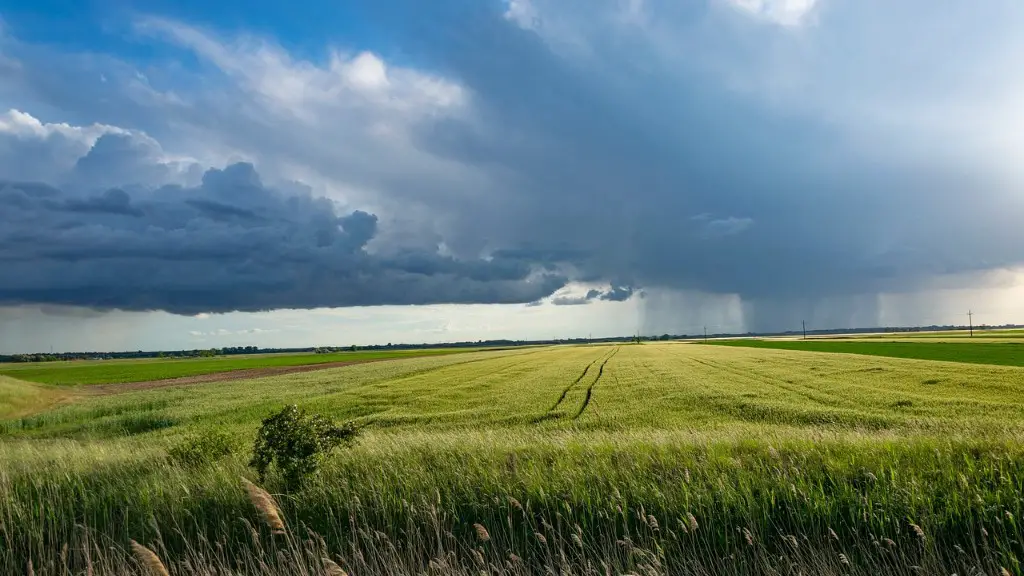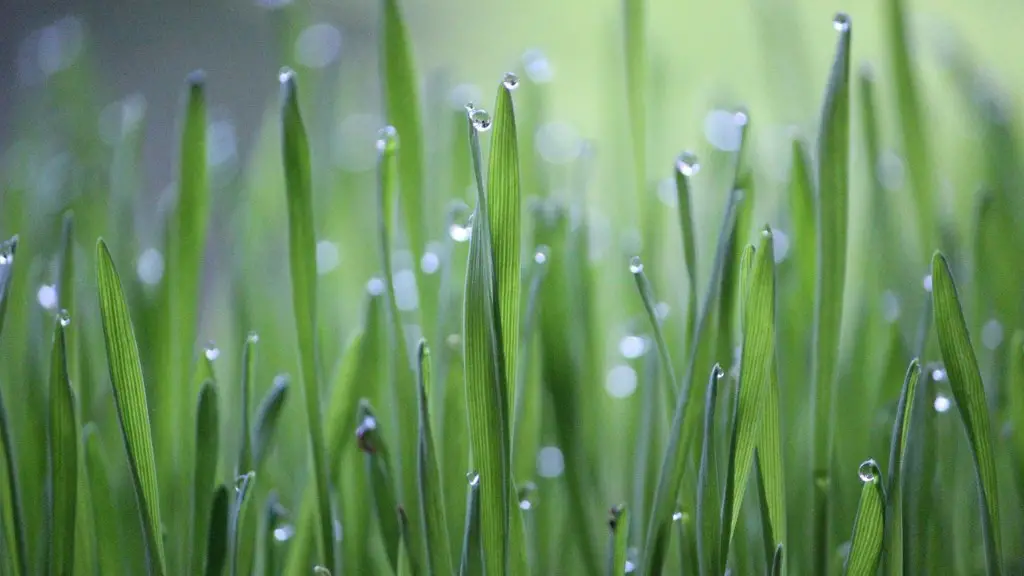Trenching is a form of soil preparation that is used to improve soil conditions in agricultural production. It involves the digging of trenches to a specific depth and width, with the goal of improving drainage and aeration, as well as encouraging root growth and improving soil fertility. Trenching is a commonly used practice in many types of farming, and is also important for managing pests, controlling erosion, and improving soil health.
The Benefits of Trenching in Agriculture
Trenching can be used to improve a variety of soil conditions for agricultural production. The improved drainage and aeration allow for better root development and increased nutrient uptake, leading to improved crop growth and increased yields. The trenches also help to reduce compaction, which can limit root growth and reduce water infiltration into the soil. Additionally, trenching can reduce water runoff and help to reduce erosion, making it an important tool for soil conservation and management.
Methods Of Trenching
Trenches can be made by hand or with the help of machinery. When trenching by hand, a shovel is typically used to dig the trench to the desired depth and width. When using machinery, specialized trenching equipment is used, such as a rototiller or excavator, to dig deeper and wider trenches. For larger jobs, such as tilling an entire field, a tractor-mounted trencher can be used to dig multiple rows of trenches at once.
Considerations For Trenching
When preparing for trenching, it is important to consider the soil type and condition. Trenches should be dug in dry soil whenever possible, and the chosen soil should have good drainage and aeration properties. Depending on the soil type and condition, tilling may be necessary prior to trenching, to break up any compaction and help prepare the soil for trenching. Furthermore, when trenching is used for pest management or herbicide application, the proper pesticide or herbicide must be selected and applied with care.
Preparing the Trench
Once the soil has been tilled, the trenches should be dug with care. The depth and width of the trenches will vary depending on the desired outcome, but generally, the depth should be from 8 to 12 inches, and the width should be from 4 to 6 inches. The trenches should be dug at an angle to ensure proper drainage, and if needed, a layer of organic material can be applied to the bottom of the trenches to provide additional nutrients.
Maintaining the Trenches
Once the trenches have been dug, it is important to ensure that they are properly maintained. The soil should be monitored for compaction, and if needed, additional soil amendments or organic materials should be added to improve drainage. Trenches should also be monitored for pests, weeds, and other adverse conditions, and treated or corrected as necessary.
Trenching for Conservation
Trenching can also be used as a tool for soil conservation and management. By ensuring proper drainage and aeration, and aiding in the control of erosion, trenching can help to improve the structure of the soil and reduce the impact of runoff and pollution. Additionally, trenching can help to improve the water-holding capacity of the soil, thereby improving water supply and availability for crops.
Trenching for Nutrient Delivery
Trenches can also be a useful tool for delivering and distributing nutrients throughout the soil. The trenches provide channels for nutrient-rich water and other soil amendments to seep down and reach the roots of the plants, resulting in improved plant growth and yields. This can be particularly beneficial for plants with shallow root systems, as well as for crops grown in nutrient-poor soils.
Trenching for Weed Control
Trenches can also be used as a form of weed control, by maintaining drainage and aeration and reducing the number of weeds that can germinate and grow in the soil. Furthermore, trenches can be used as a physical barrier to limit the spread of weeds, and can also be used to deliver herbicides directly to the roots of the weeds.
Trenching for Pest Management
Trenches can also be used as a tool for pest management, by creating barriers and providing access to pesticide or insecticide applications. Additionally, trenches can be used to deliver bait and traps to specific areas, reducing the need for broad-spectrum pesticide applications.


